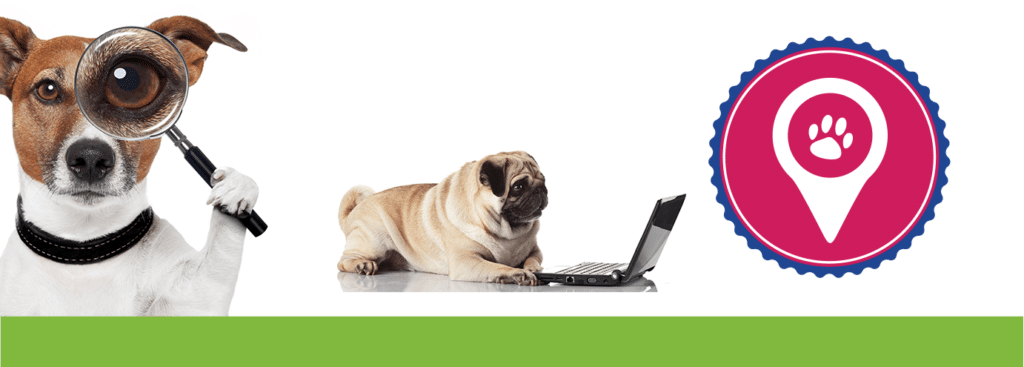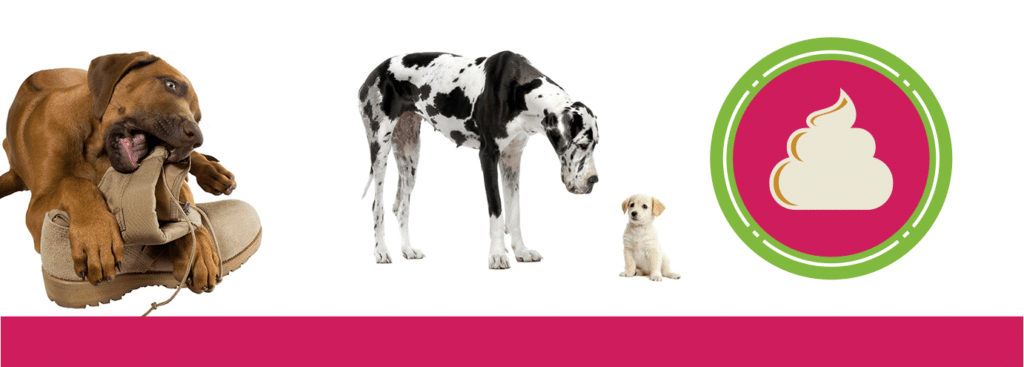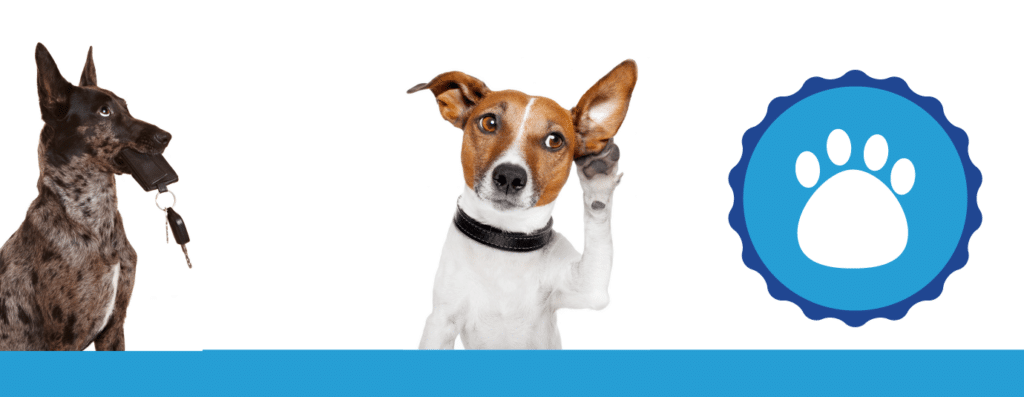Athletic Dog Breeds for Athletic Lifestyles
Talk to anyone in the pet industry and they will tell you that not all dogs are created equally. When people think of dogs, they might think that all dogs are equals when it comes to the exercise they need […]
Athletic Dog Breeds for Athletic Lifestyles Read Post










